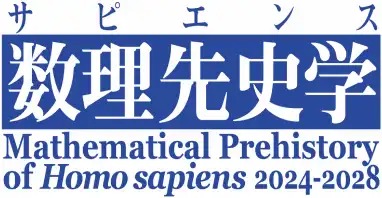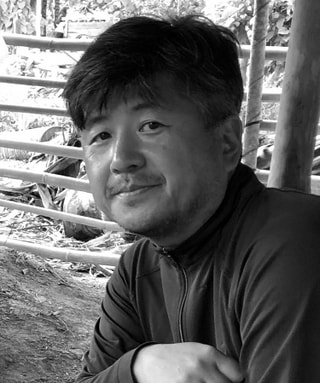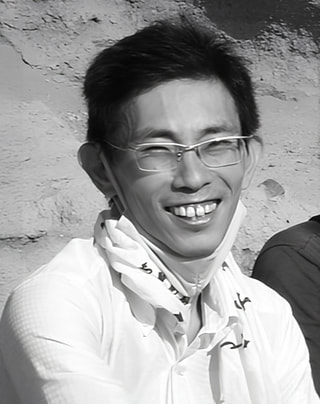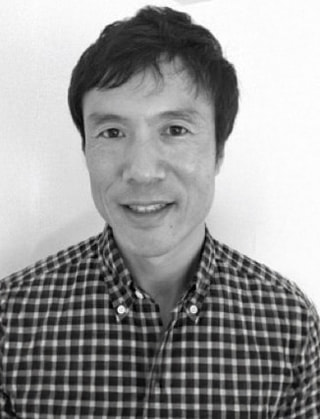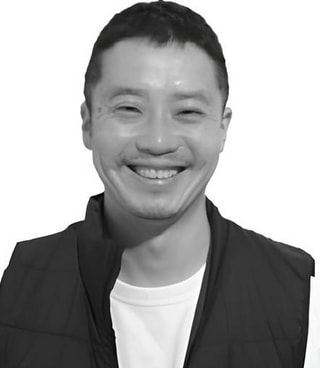Yoshihiro Nishiaki, Professor

Yoshihiro Nishiaki, who received his B.A. (1983) and M.A. (1985) degrees in archaeology from the University of Tokyo and his Ph.D. from University College London (1992), is a professor at The University Museum, The University of Tokyo (UMUT) in Tokyo, Japan. Currently, he also serves as the Director of UMUT. His other positions include Director of the JP Tower Museum Intermediatheque, President of the Japan Association for University Museums, President of the Japan Society for Human and Nature Studies, and many others. He is also a member of the International Academy of Prehistory and Protohistory. His research involves the prehistory of West and Central Asia, focusing on reconstructing the evolution of human behavior through archaeological fieldwork and stone tool analysis. Nishiaki has directed numerous field investigations of Paleolithic and Neolithic sites in Syria, Iraq, Iran, Turkey, Azerbaijan, Uzbekistan, and others. One of his recent government-aided research projects is the Cultural History of PaleoAsia (2016–2020), which directly led to the Mathematical Prehistory project (2024–2028). He coordinates and directs the project as its Principal Investigator. Concurrently, he undertakes an analysis of the archaeological database PaleoAsiaDB to develop collaboration with mathematical modelers.

Middle Paleolithic cores from Teshik Tash Cave, Uzbekisutan (Nishiaki 2020)

Monograph on our prehistoric research in West Azerbaijan (Nishiaki et al. 2025)
